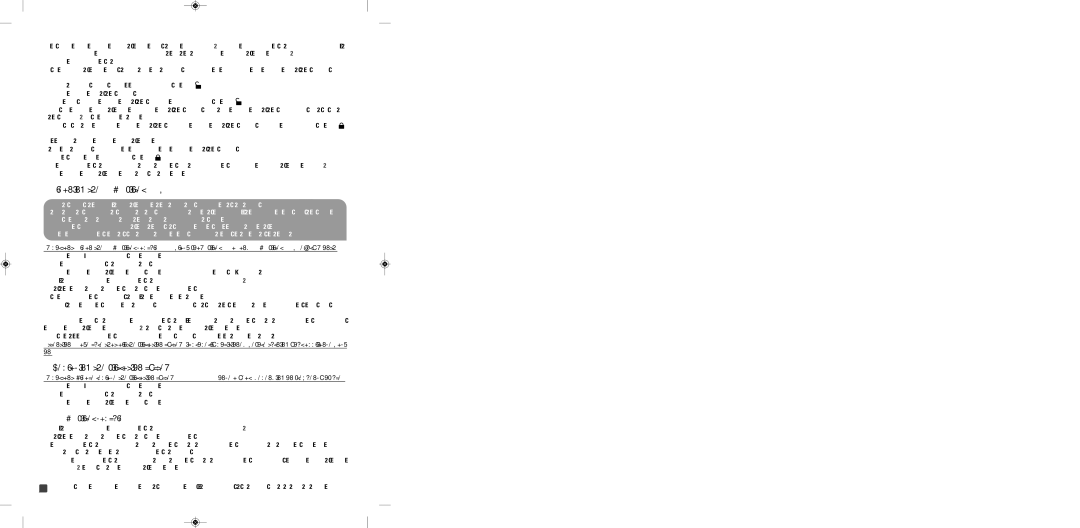
![]()
After emptying the dust compartment over a dustbin - fig. 18a, unclip the HEPA filter capsule (14) by simulta- neously pulling on the opening clips (13d) located at each end of the compartment - fig. 19a.
Remove the HEPA filter capsule (14) - fig. 19b.
Turn the compartment over and place the accessory* (18b) into the lock slot of the dust separator holder (17) - fig 20.
Open, making sure you respect the unlocking direction ( ![]() ) - fig 21. Remove the dust separator holder (16) - fig 22.
) - fig 21. Remove the dust separator holder (16) - fig 22.
Unclip then remove the dust separator (15) in the unlocking direction ( ![]() ) -
) -
Then run the dust compartment (13), dust separator holder (16) and the dust separator (15) under clear or soapy water - fig 24a. Dry them with a cloth - fig 24b.
Once dry, replace then clip the dust separator (15) on the dust separator holder (16), in the locking direction ( ![]() )
)
-fig 25.
Put them back on the dust compartment (13) - fig 26.
Place the accessory* (18b) into the lock slot of the dust separator holder (17) - fig 20. Close it, respecting the locking direction ( ![]() ) - fig 27.
) - fig 27.
Clip the HEPA filter capsule (14) (black foam filter (14a) + HEPA filter (14b)) in the compartment - fig 28a. Close the dust compartment (13) and replace it in its housing (7) - fig 28b.
2 Cleaning the HEPA filter (14b)
The air we breathe contains particles that may be allergens: mite larvae and droppings, mould, pollen, smoke and animal residues (hair, skin, saliva, urine). The smallest particles penetrate deep into the respiratory system where they can cause inflammation and cause lung impairment.
HEPA filters (High Efficiency Particulate Air) are used to filter out the smallest particles.
With the HEPA filter, the air released back into the room is healthier than the air that is vacuumed.
Important! Clean the HEPA filter capsule (14): black foam filter (14a) and HEPA filter (14b) every month.
Remove the flexible pipe (19) from the suction opening (9) - fig. 2. Open the lid (8) of your vacuum cleaner.
Remove the dust compartment (13) from its housing (7) using the grip zone (13a) - fig. 15. Simultaneously pull on the HEPA filter capsule opening clips (13d) - fig. 19a.
Separate the black foam filter (14a) from the HEPA filter (14b) - fig. 19b. Turn the HEPA filter (14b) over and tap the dust into a dustbin - fig. 30.
Then scrape the filter using the accessory* (18b) under warm water, then leave the HEPA filter to dry for 24h - fig. 31.
Once completely dry, assemble the HEPA filter cassette (14): black foam filter (14a) and HEPA filter (14b) under the dust compartment (13) - fig. 28a, and replace the compartment in its housing (7) - fig. 28b.
Ensure that the HEPA filter (14b) is completely dry before you put it back in the appliance.
Attention! Make sure that all the filtration system is properly positioned before turning your appliance back on.
3. Replacing the filtration system (12 + 14 + 18)
Important! Please replace the filtration system (12 + 14 + 18) once a year (depending on frequency of use).
Remove the flexible pipe (19) from the suction opening (9) - fig. 2.
Open the lid (8) of your vacuum cleaner.
Remove the dust compartment (13) from its housing (7) - fig. 15.
3.1 HEPA filter capsule (14)
Simultaneously pull on the HEPA filter capsule opening clips (13d) - fig. 19a. Separate the black foam filter (14a) from the HEPA filter (14b) - fig. 19b.
If the HEPA filter capsule (14) (black foam filter (14a) and HEPA filter (14b)) is damaged, throw it in the bin - fig. 32 and replace it with a new HEPA filter capsule (ref.
Assemble the HEPA filter capsule (14): black foam filter (14a) and HEPA filter (14b) under the dust compartment (13) - fig. 28a then replace the compartment in its housing (7) - fig. 28b.
14* According to model: these systems are specific to certain models or are accessories available as an option.
